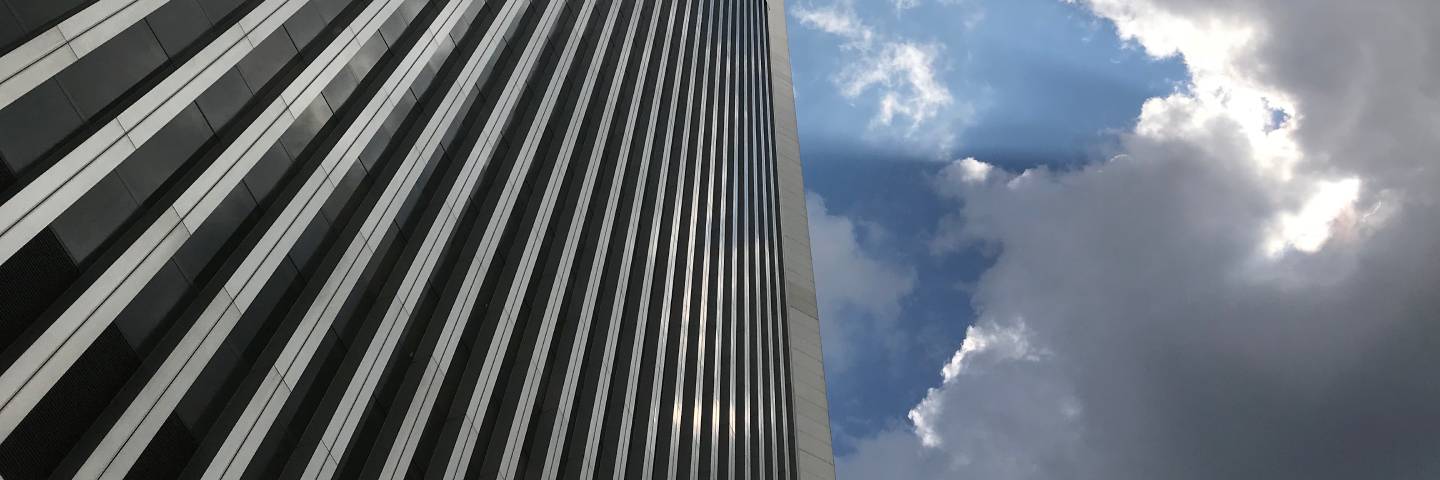
Air and Water-Resistive Barrier Systems
Air and Water-Resistive Barrier Systems
Professionally installed continuous air and water-resistive barrier (AWB) systems minimize unwanted air and water movement through the building enclosure. A high-quality AWB will also maintain its integrity and remain stable when exposed to high heat and UV rays, while offering excellent tensile strength, elongation, and tear resistance, which is critical to maintaining the continuous protection properties of an AWB.
Benefits of a high-performance AWB include
Designing a Successful Air and Water-Resistive System
An air and water-resistive system includes several building enclosure components. The success of the air and water barrier system depends on the input of the entire project team in the overall system design and execution. Specifying and installing air and water-resistive barrier membranes and accessories from a single manufacturer can improve continuity between materials and assemblies, limit supply chain issues, and allow for single-source warranties.
Tips for best practices when designing a continuous air and water-resistant barrier include:





Ready to meet with your WALLcontrol Trusted Advisor? Schedule a Meeting
Types of Air and Water-Resistive Barriers
Manufacturers of commercial air and water-resistive barriers typically offer two core material types: self-adhered sheets or fluid-applied membranes. Both of these membrane types have significant advantages over mechanically attached membranes. It is not uncommon to use both types of membranes on the same project to employ their unique advantages. For instance, self-adhered sheet membranes are often applied to long, opaque sections of a wall assembly, while fluid-applied membranes are ideal for the more difficult-to-cover areas such as curved surfaces, openings or corners, including areas of the building with complex geometries.
Choosing the right air and water barrier for the project depends on the budget, material costs, and the installer’s skills and familiarity with the product. The type of air and water-resistive barrier membrane specified and installed on a structure also must meet the designer’s and building owner’s performance expectations and specifications.
Self-Adhered Air and Water-Resistive Barrier
Self-adhered air and water-resistive barriers create a monolithic, waterproof, airtight layer when properly installed. These membrane types typically come in rolls and are composed of an engineered top sheet on the exterior side and an adhesive with release film underneath. Ideally, the self-adhered membrane utilizes a butyl adhesive for ultimate adhesion and temperature-stable performance properties. To properly install barriers over sheathing material, self-adhered air and water barriers may require a primer to obtain optimum adhesion.

Advantages of Self-Adhered Sheet Air Barriers
- Some top sheets are engineered to be highly heat-stable
- Accepts a wide range of adhesives and sealants
- Durable enough to withstand the rigors of the construction process
- Manufacturer-controlled membrane thickness
- No mixing or special installation equipment needed
- Bridges gaps easily without additional detailing
- Allows for application in temperatures down to 20⁰ F (-6.6C)
- No VOC’s
Fluid-Applied Air and Water-Resistive Barriers
Fluid-applied AWBs provide seamless, monolithic durable membranes that are fully adhered to the exterior sheathing without fasteners or priming. Installers can apply the membrane in one of three ways: spray, roll, or trowel the air barrier to the substrate. Fluid-applied AWB technologies include water-based acrylics and emulsions, solvent-based asphaltic, and moisture-cured silicone, such as STPE.

Advantages of Fluid-Applied Air Barriers
- Provides a seamless, monolithic, durable membrane
- Excellent for complex geometries and rough surfaces
- Easily seals around penetrations
- High-solids STPE moisture-cure technology:
- Relatively quick cure time vs other technology fluid-applied air barriers
- Resists wash-off from rain, post application
- Maintains the original application thickness when cured
- Improves onsite installation reliability





